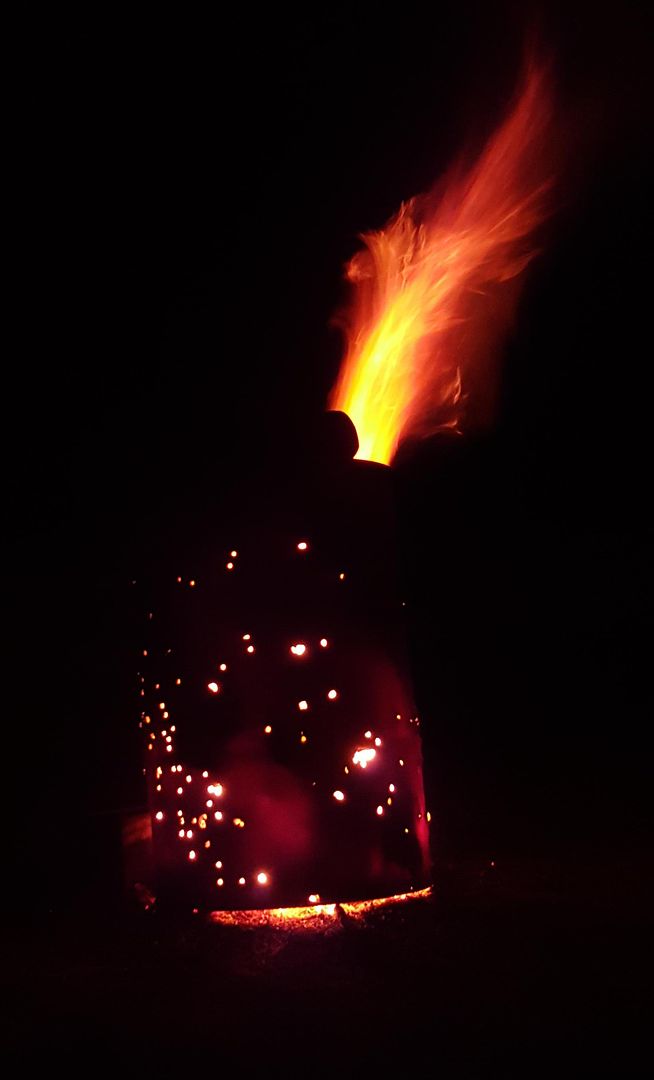This is true unless they are rotated continually to another paddock. I've got two mature TB geldings and have fenced approximately 5.5 of my acres into 6 adjoining paddocks. The 'boys' typically take 10-12 days to finish a netted & hay-ringed round of hay... I then set up the next round + water trough and transfer them to the next paddock.
Next I then (after gathering up the used ring & trough) chain-harrow the used paddock to break up the manure balls, followed by my lawn tractor to mulch and further spread 'produced fertiliser'... hey, I payed for the hay and the horses are darned good at turning it into perfectly good fertiliser.
The result over the previous 3.5 years have been healthy, green, non-torn up paddocks. Harrowing & mulching also eliminates any intestinal worms due to exposure. I have two portable water troughs and two hay-rings so setting up in the 'next' paddock isn't a problem.
